Curú National Wildlife Refuge – The Rule of Nature
When I’m rushing from the Paquera Ferry to reach my destination at Tango Mar or another place, I generally don’t pay much attention to what’s next to the road. In part it is good, because the path winds quite a bit and one has to concentrate. However, it is also a shame, because I have already passed the entrance to the Curú Refuge several times without realizing it.
Like Tango Mar and many other gems, Curú is a bit hidden, you have to go look for it. And that’s what I do.
The entrance is on off the main road, and to my surprise I find myself among the meadows.
However, a little later I arrive among the trees and immediately the atmosphere changes. It breathes quiet. Silence reigns. Human silence, at least, which allows me to better hear the sounds of animals and nature. I automatically try to drive in silence as well, and it is with apprehension that I turn off the engine in the small space provided for cars.
Curú was the first private wildlife refuge in the country and was declared a National Wildlife Refuge in the 1980s, although it continues to be privately managed. And, although there is still some livestock and fruit production, the focus is on ecotourism and environmental education.
Above all, I want to walk, to know if it is true that Curú is a hidden paradise. There are several trails, some shorter than others, that lead to different parts of the refuge, including Quesera Beach – known for its crystal-clear waters and white sand.
It strikes me that, although there are no instructions in this regard, we visitors walk almost without speaking, and those who speak whisper so as not to get in the way of the animals. And indeed, there are quite a few animals. Curú is home to more than 300 species of animals and an abundance of plants.
I start along the monkey trail, but the first thing I see are… coatis. They sniff around the road as if it were their own, indifferent to the human beings who pass by there too. Howler monkeys can be heard in the trees.
I pass over a wooden bridge above a small estuary, surrounded by mangroves. I hesitate between the Monkey Trail and in the end, I take the Quesera trail. I realize that I would like to have much more time than the few moments I have, and I decide to just enjoy the place, walking a little, admiring the animals and the beach. Before getting back into the car I buy some souvenirs for the family, but above all to support the conservation of this beautiful place.
Almost at the exit, next to the river, I turn off the engine for a moment to enjoy the sounds again. A sign warns of danger because crocodiles live in the water, but for now…peace reigns. I take a few more deep breaths, eyes closed. When I open them, I am sure: I have energy to return to the daily race.



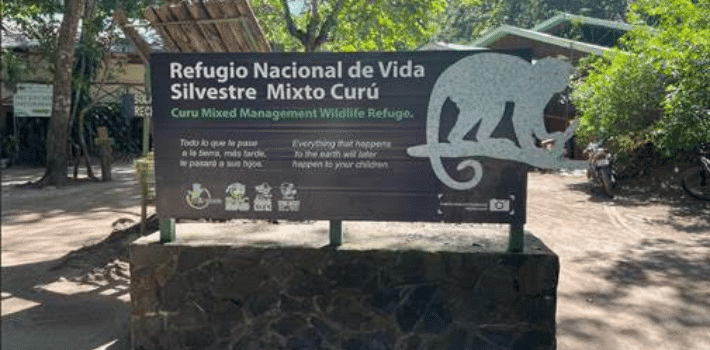
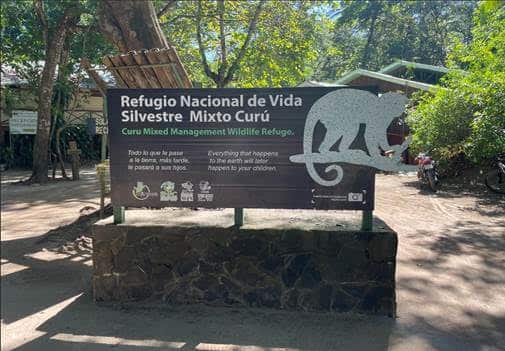
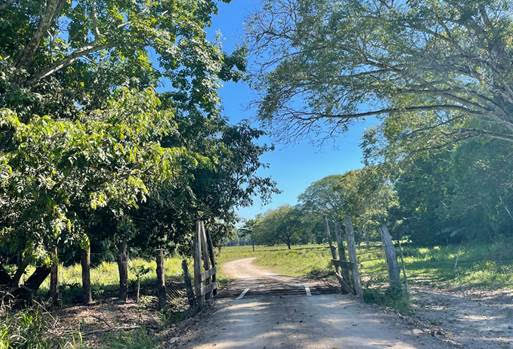
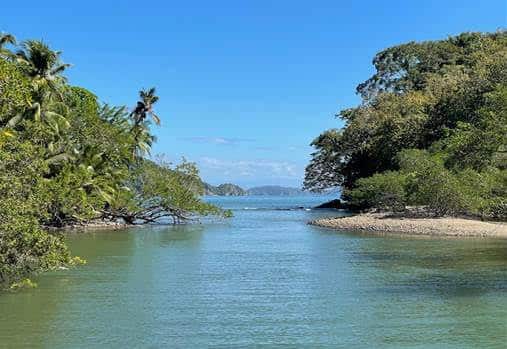
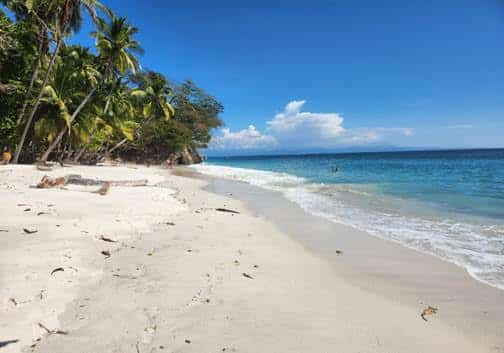
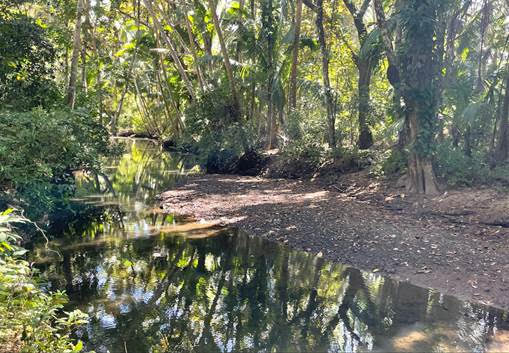
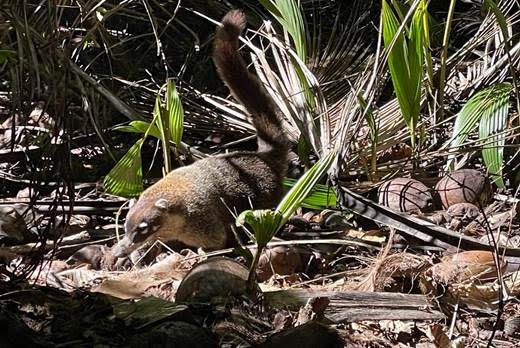
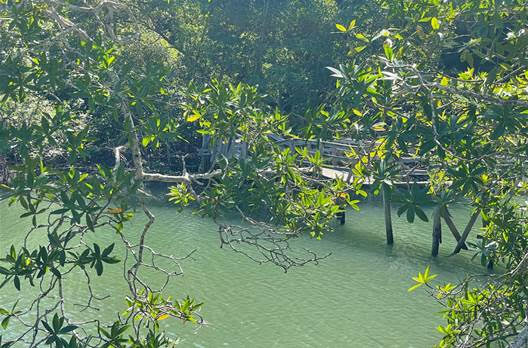
Recent Comments